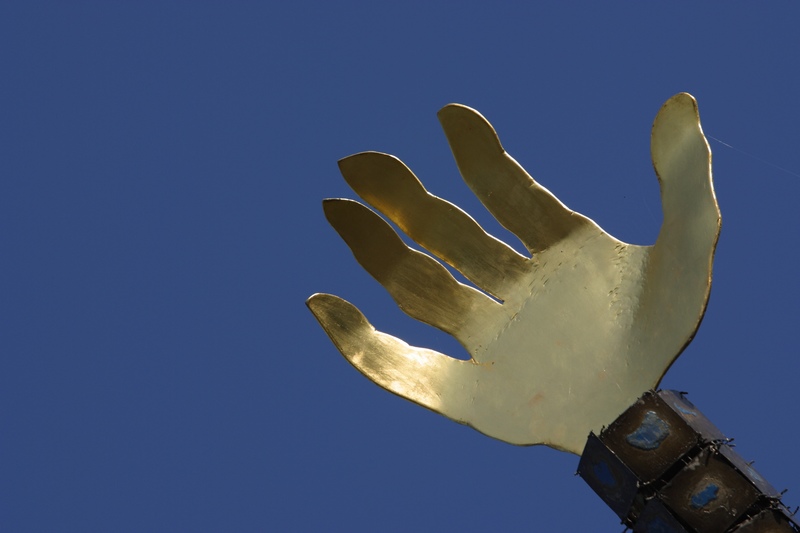Creativity, a risk at our fingertips
 There is a place where creativity and professional risk meet, and technology has brought that place to our fingertips.
There is a place where creativity and professional risk meet, and technology has brought that place to our fingertips.
Why is it that “professionals” or adults in general balk at admitting their own creative play? Why do “responsible adults” think that creativity belongs only to the very young or the juried, respectable, credentialed, or reviewed? Yes, there is a place for “Artsworld” and New York Times Arts section, but none of us should be afraid to admit that we play with creative toys and concoct things that may or may not qualify for juried shows or concerts. We share and laugh at the anonymous anomalies of the amateurish and absurd on YouTube — often the products of an exhibitionist style of creative play — but few of us allow our own creative play to show, for fear it will undermine our professional image or bore our constituents.
There is a place where arts and the personal meet, and technology has brought that place to our fingertips.
The Metropolitan Museum of Art, the pinnacle of “Artworld,” is embracing creative accessibility with its Connections project. Met staffers select “Connections” from the Met collection and share their own interactions and narrations about the works in videos on wildly varied themes, even “Date Night.” More importantly, the Met invites anyone to create their own Connections project. Art becomes personal, and producing a Connection to share it is both creative and public. Even from the high plateau of the Met as an institution of the Arts (capital A), this project invites creative thinking and “play” from people outside the Artworld. I wonder whether a professional from education or any other field outside the Arts would risk it. Probably not, unless it somehow fits their credentials.
There is a place where personal creativity and learning meet, and technology has brought that place to our fingertips.
David Warlick, quinteesential education consultant and speaker, admits he has spent hours on airplanes making music with a creative iPad app, but he apologizes for talking about it on his blog. Teachers balk at admitting their own creative attempts, too. When was the last time you allowed a student or fellow teacher to see what you tried to make as part of creative “play” with Prezi or Photoshop or GlogsterEDU? More importantly, how can we ask children and the young adults of the next generation to respect their own creative endeavors when we don’t even take our own creative play seriously enough to let anyone see it? Let’s move beyond YouTube-silly to admitting we actually try making something creative. No one said it had to be “good.” Let them see you play.
There is a place where creativity meets importance, and technology has brought that place to our fingertips.




You make an excellent point. I think that we put creativity a pedestal, something to be pursued only by quirky eccentrics — and who wants to admit to being a quirky eccentric. OK! I’m a quirky eccentric, and I’m proud of it.
Fact is that creativity, in all its forms, has become an essential and even foundational part of live, working, and governing today.
Well done!
Comment by David Warlick — February 14, 2011 @ 10:19 am